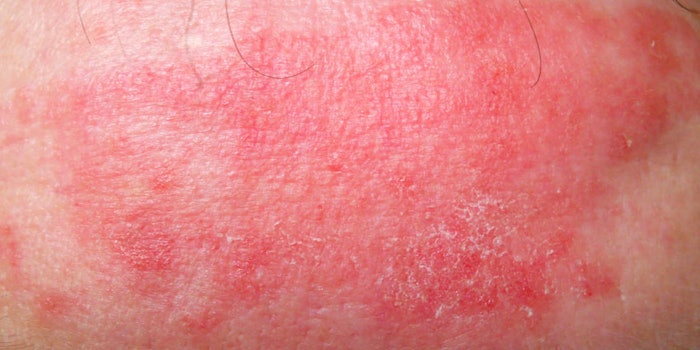
With the genetic variation of hornerin, atopic dermatitis, or eczema, attaches onto the gene and can continue to pass on from generation to generation. In a study published in Genome Biology and Evolution, the most common form of eczema was observed as genetic, but the results were unclear as to why the hornerin mutation was important in the situation.
One of the genes closely associated with the skin is the filaggrin gene, instructing the body on how to create proteins in the skin cells. Due to the dysfunction of this gene, the skin can have problems keeping healthy skin functioning. This increases the risk of developing eczema and, with the help of the loss of function mutations, this gene provided an even higher possibility of developing eczema.
Filaggrin raises the susceptibility for skin diseases when the gene stops functioning, but hornerin provides insight into eczema hitchhiking through the generations. While the study is inconclusive on how exactly hornerin comes into play, it does present that during evolution multiple genomes are either lost or inherited together. Both filaggrin and hornerin are close together, making it possible that these two genes share an evolutionary history.










